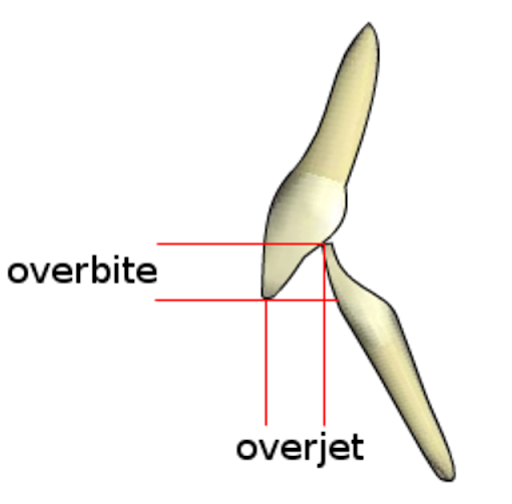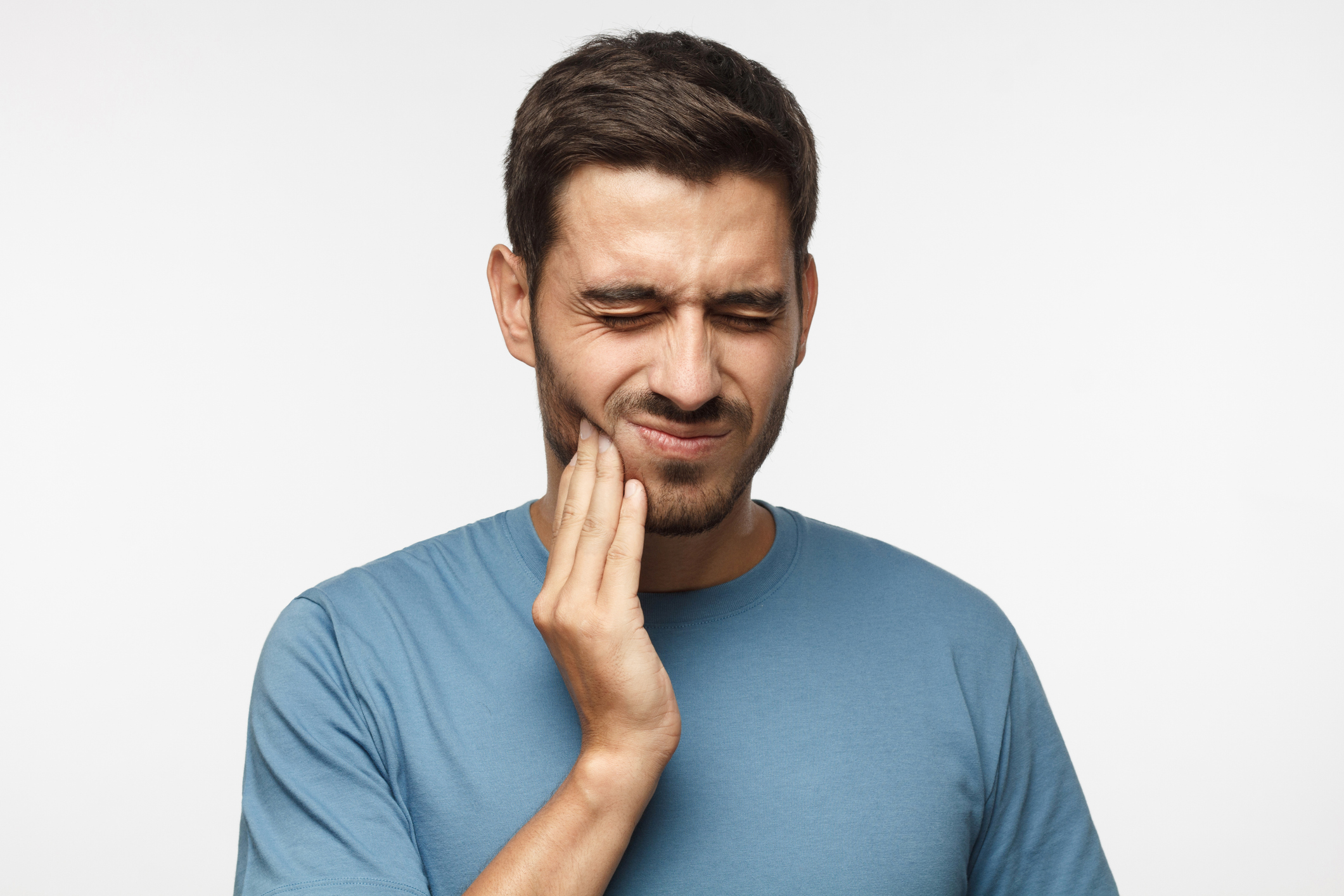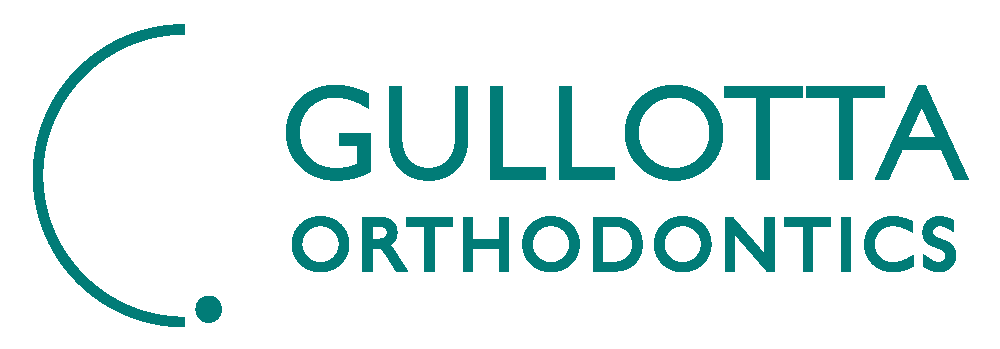Overjet: Causes, Impact, and Treatment
Overjet is a common orthodontic issue and is more commonly known as “buck teeth”. Overjet can affect both the appearance and function of the jaw, impacting how a person bites, speaks, how their teeth wear over time, and severe overjet is even associated with an increased risk of traumatic dental injury. In this blog, we provide clarity around overjet and outline effective treatment solutions, helping clients improve their oral health and confidence. So, let’s dive in.

What is Overjet?
Overjet occurs when the upper front teeth protrude outward and sit noticeably ahead of the lower front teeth when the mouth is closed. People often refer to this as “buck teeth.” In contrast to a regular bite, where upper and lower teeth align comfortably, an overjet places the upper teeth at an angle, creating extra space between the upper and lower rows.
Overjet vs Overbite: What’s the Difference?
Overjet and overbite are often confused, but they’re distinct issues. With overjet, the upper teeth angle outward horizontally beyond the lower teeth. It’s essentially a horizontal protrusion.
In an overbite, the issue is vertical. The upper teeth significantly overlap the lower teeth when the mouth is closed, covering a larger portion of the lower teeth. Both can lead to similar issues like jaw strain, uneven wear, and, in severe cases, discomfort in biting and chewing. However, understanding the difference helps determine the right treatment approach.
It’s also important to remember that they’re not mutually exclusive. That is, you can have both overjet and overbite. The easiest way to think about it is that overbite refers to the position of the jaw, while overjet refers to the angle of the upper front teeth.


Causes of Overjet
Several factors contribute to the development of overjet. Here are some common causes:
- Genetics: Family traits often influence jaw structure and teeth positioning. If parents have an overjet, it’s more likely their children might have one as well.
- Thumb-sucking and prolonged pacifier use: These habits, especially if they continue beyond toddler years, can push the upper teeth forward, resulting in overjet.
- Jaw growth patterns: Sometimes, the upper and lower jaws grow at different rates. A larger upper jaw or smaller lower jaw can create an overjet.
- Tooth loss: Missing teeth, especially in the lower jaw, can lead to an imbalance that causes the upper teeth to protrude over time.
Impact on Oral Health
Untreated overjet can lead to a range of issues:
- Protruding teeth are more susceptible to damage from falls, accidents, or contact sports, and may increase the likelihood of damaging the inside of the lips in the same situations.
- Because the upper and lower teeth do not align well, overjet can make it harder to chew food properly.
- Overjet can sometimes affect speech, making it difficult to pronounce certain sounds correctly.
- The misalignment can place extra strain on the jaw, potentially leading to discomfort or tension in the jaw.
- Many people with noticeable overjet feel self-conscious about their appearance, which can impact social interactions and confidence.
Treatment Options
There are several ways to treat overjet, depending on the severity of the condition and the patient’s age:
- Braces: Traditional braces remain one of the most effective treatments for overjet. They work by gradually shifting teeth into alignment through small adjustments over time.
- Clear Aligners: For those seeking a more discreet option, clear aligners like Invisalign can effectively treat mild to moderate overjet. Aligners are custom-made and apply gentle pressure to move teeth into the correct position.
- Jaw Surgery: In cases where the overjet stems from a significant misalignment of the upper and lower jaws, corrective jaw surgery may be required. This surgical intervention can realign the jaw, creating a balanced, functional bite.
- Other Orthodontic Devices: Some patients, especially younger ones, may benefit from additional devices like expanders or headgear to guide jaw growth and correct alignment over time.
At Gullotta Orthodontics, we assess each patient’s needs and recommend the best treatment approach. Our team provides support at every stage, ensuring patients feel informed and confident in their treatment journey.
Benefits of Treatment
Correcting an overjet offers numerous benefits, such as:
- A well-aligned bite makes it easier to chew and speak comfortably.
- By bringing the teeth into alignment, overjet treatment can improve one’s smile and boost confidence.
- Properly aligned teeth are less prone to wear and tear, extending their lifespan.
- Aligned teeth reduce strain on the jaw, lessening the likelihood of jaw discomfort or tension headaches.
What to Expect During Treatment
At Gullotta Orthodontics, we focus on making treatment as smooth and comfortable as possible. Patients can expect regular appointments to adjust braces or receive new sets of aligners. While every treatment varies in length, our team communicates clear timelines and expectations, ensuring patients feel supported from start to finish.
We also provide guidance on oral hygiene during treatment. Aligners and braces require a bit of extra care to maintain healthy teeth and gums, and our team offers personalised tips to keep teeth in great shape throughout the process.
Diagnosing Overjet at Gullotta Orthodontics
Diagnosing overjet is an essential step in finding the right treatment. At Gullotta Orthodontics, we use visual assessments and advanced imaging tools, such as X-rays and 3D scans, to understand each patient’s unique dental structure. These tools provide a comprehensive view of the jaw and teeth alignment, allowing us to create a treatment plan tailored to individual needs.
If you’re having issues with overjet, our team of experts is here to help you every step of the way. Contact us today to schedule a consultation and explore your options for overjet treatment. We’re dedicated to providing personalised care that delivers lasting results, giving you a smile you’ll feel proud to share.
